One of the most notable differences between baseball and softball happens at the moment the ball leaves the pitcher’s hands. In fact, the major difference is that of the type of pitch. Traditionally, softball players use an underhand motion to throw the ball – but why? Today, I’m going to answer just that.
Why do women’s softball pitch underhand? Women’s softball pitchers opt for an underhand pitch because this motion is more accommodating to newer players. It creates less strain on the elbow and shoulders, and the motion lends itself best to the bigger shape and size of the softball. It is considered the de facto standard for pitching in women’s softball.
All in all, there is an interesting history behind the simple underhanded pitch in softball. In fact, I’ve got a lot to learn about the ins and outs of the game. So, if you are intrigued and interested, keep reading our article on this matter!
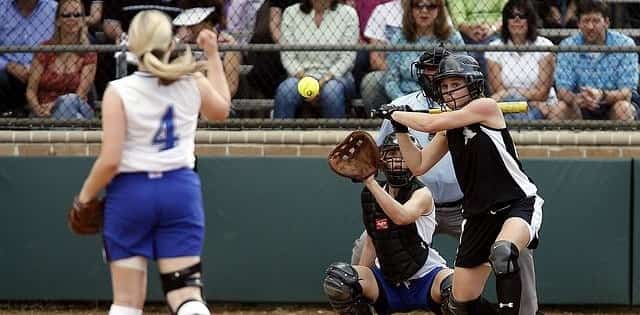
Why softball includes underhand pitching
When looking at softball pitching styles, there’s a lot that is reminiscent of the interesting history of the sport. Softball originated as a form of ‘indoor’ baseball and was actually originally referred to using that term.
This led to a ‘softer’ pitching style, meant to accommodate the needs of an indoor sport. However, the historic patterns of softball are not all that contribute to the underhanded pitching style.
In fact, underhand pitching is a mechanism that is easier for new players to pick up on and can be considered a more accommodating style. Human beings are generally oriented toward this kind of throwing style, so it is easier for new and young players to catch up.
In fact, even when young players start out playing baseball, where an underhand pitch is less common, they often start with the same motion. Overhand throws are a more technical and involved practice and require a lot of alignment between movement and position.
Another reason to consider this move is the fact that in general, it causes less damage to the shoulder and the surrounding muscles. With overhand pitches, there is general wear and tear of the shoulder joint that is to be expected.
This is especially true because, as mentioned above, this type of pitch can be quite unnatural and requires a learning curve. A common complaint from baseball players who pitch overhand is that it leads to shoulder muscle fatigue.
While there is no doubt that softball pitches can undoubtedly impact the body in other ways, there is still less chance that an underhand pitch can cause severe damage to the shoulder joint and muscles.
Softball pitchers also have to factor in the larger mass and circumference of the ball when throwing a pitch. Because of the size and weight of the softball, players have to accommodate motion towards a less challenging pitch.
While underhand pitches may be considered generally easy to learn, the factor that balances the scales between baseball and softball is size and weight. Softball players must make the throw using a ball that is roughly 12 inches in circumference and weighs 7-8 ounces. Click here for How Much Do Official Softballs and Baseballs Really Weigh?
The size can have a lot of impact on the speed, control, and potential distance covered by a pitch. Therefore, an ‘easier’ underhanded motion can give pitchers greater control when throwing a softball.
The interesting factor here is the creativity employed by softball pitchers. An underhand motion makes it harder to throw complex pitches like curveballs, however, there are many other ways to bring interesting pitches to the table and surprise the batter.
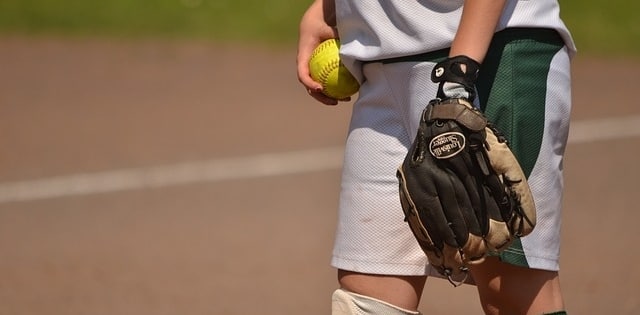
The history of the underhand pitch
While the underhanded pitch is now synonymous with softball, this was not always the case. In fact, baseball players were strictly prohibited from using overhand pitches until 1884. It was not much longer until the idea of indoor baseball came about.
It makes sense to imagine why underhand pitch has lingered in the soul of softball for so long. When the use of overhand pitches was allowed in 1884, many players were still using the underhand pitch in the game.
At the same time, indoor baseball was becoming popular as a low-stakes, casual sport. While baseball eventually became a game dominated by overhand pitches, softball retained its use of the underhand pitch, particularly due to the ball being used in the game.
The game was generally slower-paced in its early days and was considered to be a safe game to be played in leisurely settings. This was particularly true during the winter season when going out and playing in a field or the garden was not possible.
Softball (or rather ‘indoor baseball) was a great way for dedicated players to keep up with the physical requirements of the game in casual settings. It introduced a mechanism for play that was generally a safer alternative to baseball, and the pitching style generally reflects that.
The role of softball as a ‘safer’ game
When the creators of softball as we know it were first deliberating on the mechanisms of this indoor game, safety was a primary objective. One of the reasons why softball can sometimes be seen as a safer game is that it was initially oriented around possible safety when indoors.
The popularity of baseball may grow and change with time, but there is no doubt that it is a prolific game in American history. It remains one of the most popular games in the country, and can draw huge crowds and media coverage even in smaller games not attributed to major leagues.
Just as now, at the time the origins of softball were coming into being, baseball was taking the country by storm. There was a need for people – including baseball players – to have an alternative version of the game best suited for winter seasons and indoor playing.
Underhand pitches were a big part of this role. The game was supposed to be played inside a structure, which means you can’t throw pitches meant to travel far distances. The softer and weightier ball contributed to this effect, leading to a game that many people now call a safe alternative.
The safety in softball is undeniable – however this must not be seen in a negative light. After all, the game offers younger people the chance to engage with the game in a way that is less likely to cause lifelong injuries and play in more manageable mechanisms and roles.
Interestingly, the codification of underhand pitching gave us specific parameters on how to approach the motion for play in this game. In fact, softball players are required to follow certain rules when it comes to pitching:
- The delivery should use an underhand motion.
- The hand must be below the hip.
- The wrist should not extend ahead of the body.
Safety, however, isn’t always very quantifiable when it comes to sports. After all, softball players can be quite prone to sustaining injuries, and some studies show they may be just as prone to injuries as baseball players, despite popular belief that this is a slow game.
This is particularly true for fast pitch softball, which is often considered the most complex sport between itself, slow pitch softball, and baseball.
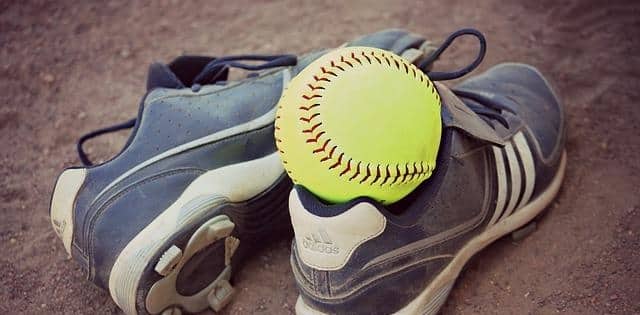
Can softball players throw overhand?
When we think of overhand pitching, softball is rarely what comes to mind. And there is a good reason why. Overhand pitching is specifically illegal and prohibited for pitchers in the game. This raises a very important question – why not allow overhand pitching?
All things considered from a pitching perspective, overhand pitching would be great in softball. Using this motion, pitchers can throw with a lot more force, which ultimately results in greater speed, allowing the ball to travel larger distances in a smaller amount of time.
However, the only fault with this is the impact it can have on the batter. Because of the short distances between the pitcher and the batter, this would afford the batter even less time to react to the ball, which can place them at a significant disadvantage and possibly put them in danger as well.
All of that being said, it is important to note that overhand throws are only illegal for the pitcher. That means other players on the field can absolutely throw the ball using the overhand pitching mechanism. However, to protect the batter, a pitcher must refrain from following suit.
Frequently asked questions
1. Are underhand pitches harder than overhand pitches?
Although every athlete’s experience is different, overhand pitches are generally harder to accomplish. This is because an overhead pitch is a somewhat unnatural movement for the body. Underhanded pitches, on the other hand, follow a more ergonomic pattern.
Underhand pitches are considered easy to learn, and many baseball players start out with underhand motions to get acquainted with pitching.
2. Is underhand pitching illegal in baseball?
Contrary to what many people might think, underhand pitches are not illegal in a baseball game. However, most players are unlikely to choose this pitching style because of the fact that it may not result in good competitive results.
While overhand throws were initially outlawed in baseball, they are no longer illegal and are the preferred mechanism for pitching. On the other hand, underhand pitching is a requirement for softball players.
3. Why is the ball bigger in softball than in baseball?
In general, the size of most softballs can be attributed to the origin of the game as an indoor alternative to baseball. The softer and larger ball travels slower inside the house, reducing the risk of damage.
This tradition has been maintained in modern softball, and the rules of the game have evolved around this fact. This is why there is a significant difference in the way that softball and baseball fields are oriented in terms of size. Click here for Why are Softballs Bigger Than Baseballs?
Final note
Despite the difference in pitching styles, overhand and underhand pitchers can come up with unique mechanisms and quirks to make their throws shine. I hope reading this article has helped clarify why women’s softball pitchers use the underhand pitching motion, and the interesting history behind it.

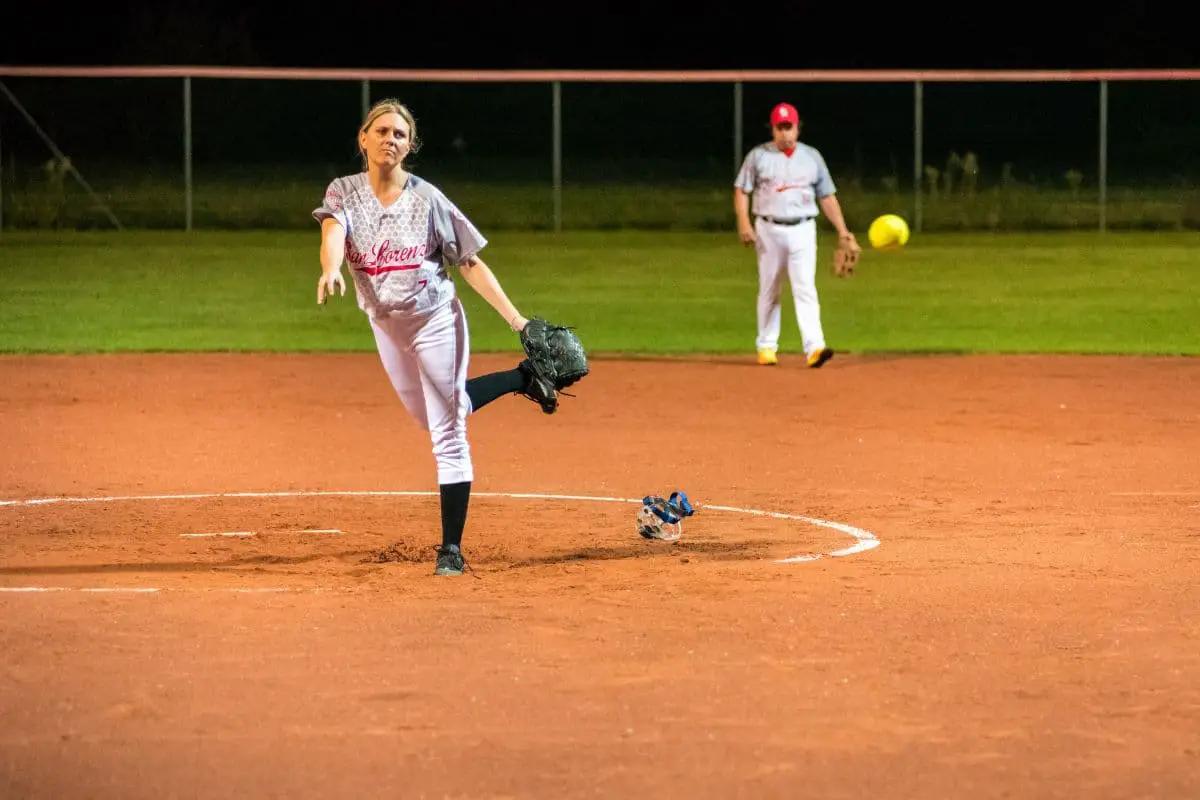
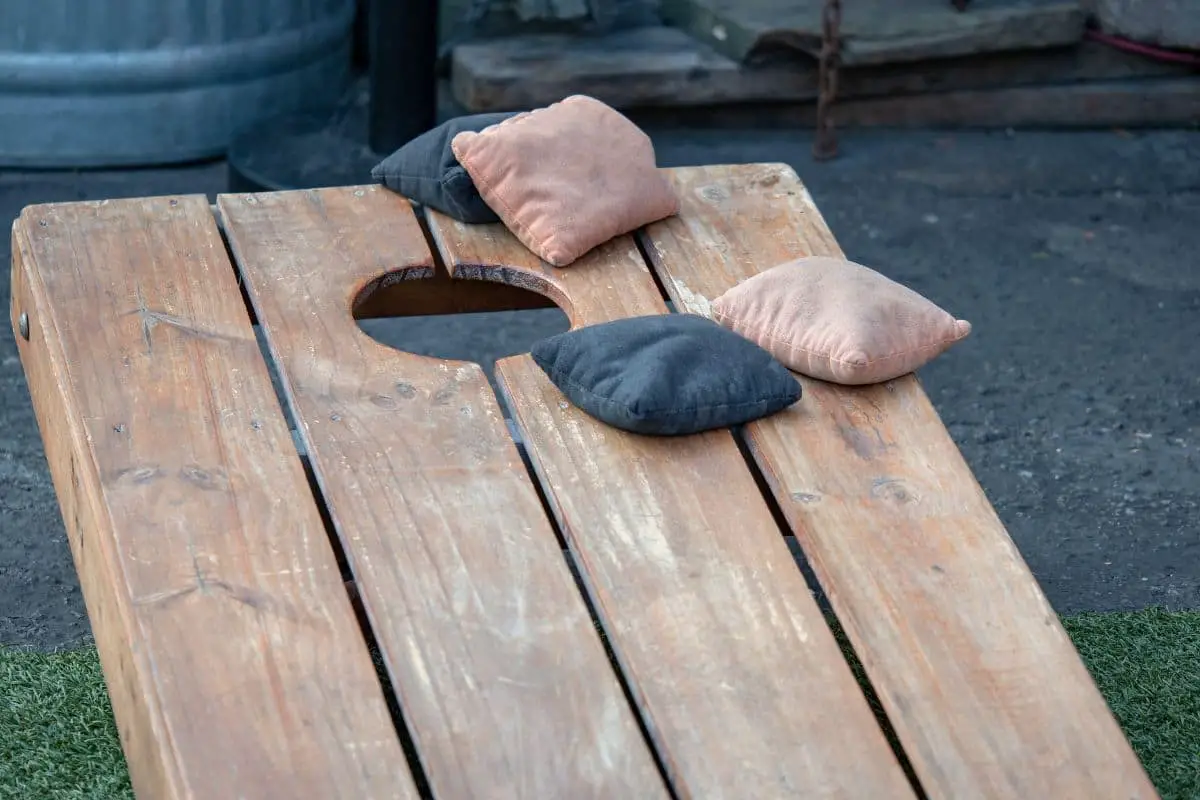
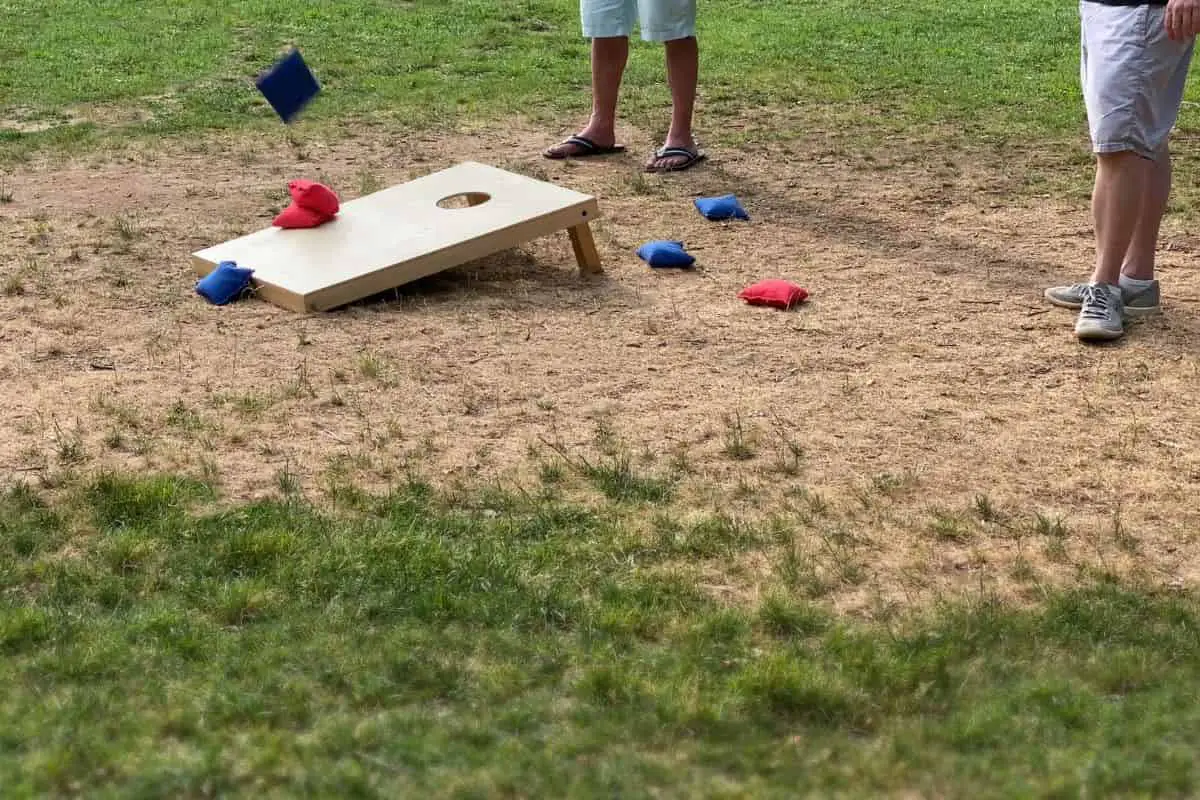

Leave a Reply
You must be logged in to post a comment.